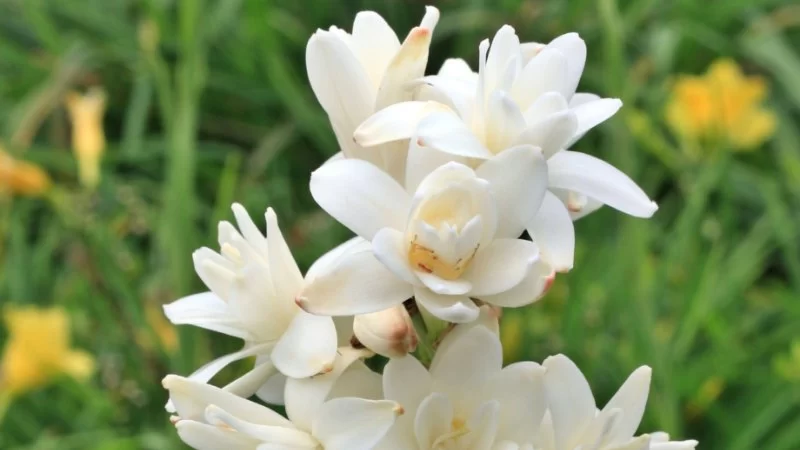- 1 - Understanding the Tuberose Flower
- 2 - The Scent Profile of Tuberose
- 3 - Why Tuberose Is Unique in Perfumery
- 4 - Cultural and Historical Significance
- 5 - Stories and Modern Perfume Trends
- 6 - How Tuberose Is Used in Fragrances
- 7 - Pairing Tuberose with Other Notes
- 8 - Expert Tips for Choosing Tuberose Perfumes
- 9 - Trusted Places to Explore Tuberose
1. Understanding the Tuberose Flower
Tuberose, scientifically known as *Polianthes tuberosa*, is a night-blooming flower that has fascinated perfumers for centuries. Native to Mexico but widely cultivated in India and Europe, its blooms are known for their intoxicating fragrance. Unlike lighter florals such as lily or jasmine, tuberose emits a deeper, richer scent that can dominate a composition while still offering versatility.
2. The Scent Profile of Tuberose
So, what does tuberose smell like in perfume? The scent is often described as creamy, opulent, and heady, with a strong floral body that leans toward sweetness. Many also detect subtle green, waxy, and slightly medicinal undertones that balance its lush character. Depending on how perfumers work with it, tuberose can evoke warmth, sensuality, and even mystery.
3. Why Tuberose Is Unique in Perfumery
Tuberose stands apart because of its intensity. In perfumery, it is often called a “white floral diva” due to its commanding presence. Some find its scent addictive, while others consider it overwhelming if used too heavily. This polarizing nature gives tuberose a reputation as both seductive and daring, appealing to perfume lovers who crave bold scents.
4. Cultural and Historical Significance
In Indian traditions, tuberose garlands are used in weddings and rituals, symbolizing sensuality and spirituality. During the Victorian era in Europe, tuberose perfumes were considered daring, as the scent was linked to passion and desire. Its historical connection to romance and luxury continues to shape its role in modern perfumery.
5. Stories and Modern Perfume Trends
A well-known example of tuberose’s cultural impact came in 2021 when a celebrity released a perfume centered on tuberose, sparking debates online about whether the fragrance was too “intense” for everyday wear. Fans praised its depth, while critics called it overpowering, proving once again how divisive and intriguing this flower remains in the perfume world.
6. How Tuberose Is Used in Fragrances
Perfumers often highlight tuberose as a centerpiece in luxury fragrances. In classic perfumes, it is paired with jasmine and gardenia to create bold white floral blends. In modern niche creations, tuberose may be softened with creamy coconut or warm vanilla for a gourmand twist. Its adaptability makes it a beloved note for both traditionalists and innovators.
7. Pairing Tuberose with Other Notes
Tuberose harmonizes beautifully with spices like cardamom, woods such as sandalwood, and fruits like peach or orange blossom. These pairings either amplify its richness or balance its potency. A tuberose perfume with smoky or leathery undertones creates a completely different vibe than one paired with soft musks or citrus accents.
8. Expert Tips for Choosing Tuberose Perfumes
If you’re new to tuberose, experts suggest starting with blends that use it as part of a bouquet rather than the dominant note. This way, you can adjust to its intensity. For seasoned fragrance enthusiasts, soliflore tuberose perfumes—where the flower takes the spotlight—offer a bold and unforgettable signature scent.
9. Trusted Places to Explore Tuberose
Perfume lovers who want to experience tuberose should explore trusted retailers and niche collections. Platforms like Scent Snob curate selections of tuberose-based fragrances, making it easier to discover versions that fit different personalities, from soft and romantic to bold and avant-garde.


0 comments